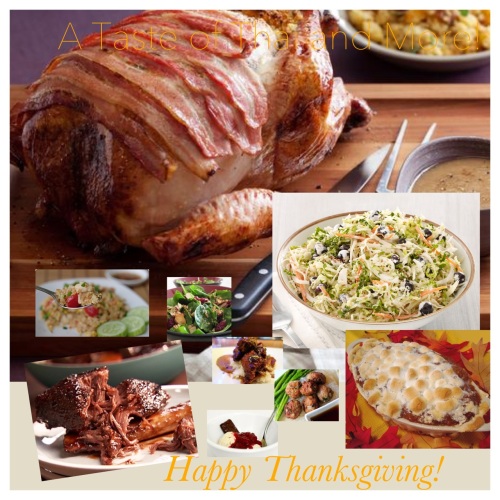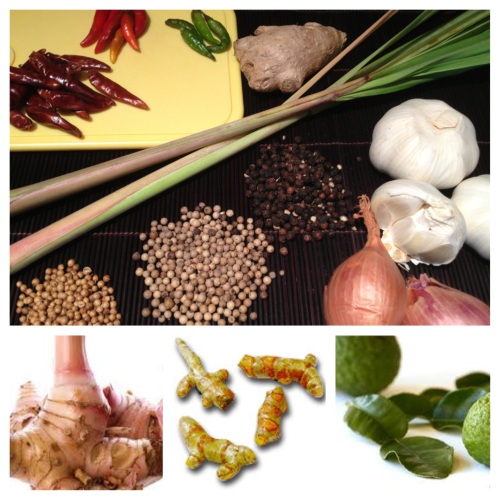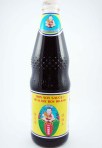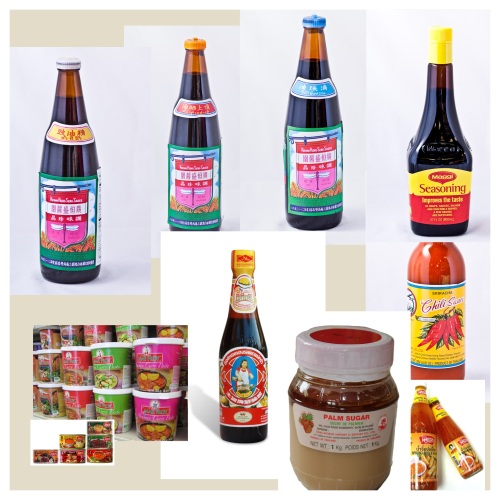Thanksgiving – East Meets West Style
I have so many Thai recipes lined up for the blog, but it is Thanksgiving time in America. I agree with the old saying “When in Rome, do as the Romans do.”
Every year (before we moved far away from my husband’s family,) my mother-in-law and I would cooperate in planning our Thanksgiving meals. They became our East-West feasts. We always surprised ourselves at how the dishes went so well together.
So I will give you ideas of what we put together for our Thanksgivings, with a roasted turkey as a main course, of course! You can roast the turkey however you like. It has never been a problem for us to pair it with other dishes. Rather than posting all the recipes we used, I found you links to the ones that are very similar to the dishes we prepared. I have made them before and they are very good. These recipes belong to a few famous chefs I usually trust and follow for good ideas.
Here are three samples of our Thanksgiving menus:
Menu # 1:
Roasted turkey (with gravy) & cranberry sauce
Mashed potatoes
Asian five-spiced ribs: try
- Szechuan Style Spareribs Recipe : Emeril Lagasse : Recipes : Food … ,
- Chinese Spareribs Recipe – Food.com – 449939 , or
- Sticky Five-Spice Short Ribs Recipe : Aida … – Food Network
Thai fried rice: try
- Real Thai Recipes » Thai Fried Rice with Chicken » Authentic Thai … or
- Veggie Fried Rice | Annie’s Eats
My Thai lettuce salad:
Baked sweet potatoes with marshmallow as dessert: try
Menu # 2:
Roasted turkey (with gravy)
Baked creamed spinach, try
- Baked Creamed Spinach Recipe – Food.com – 208058 , or
- Creamed Spinach Recipe : : Recipes : Food Network
Baked potatoes
Twice cooked duck:
Asian slaw, try
Vanilla ice cream with cran-raspberry sauce as dessert, try
Menu # 3:
Roasted turkey (with gravy)
Asian pork meatballs, try
Baked layered potatoes/Scalloped potatoes, try
- Scalloped Potatoes Recipe – Southern.Food.com – 85629, or
- Scalloped Potato Gratin Recipe : Tyler Florence : Recipes : Food …
Cranberry spinach salad, try
Apple baklava, or apple pie (with ice cream) as dessert
For this year, we are sad that we do not get to be with our family again. Although we will meet my mother-in-law at her sister’s house. And I am going to make a “salsa verde” as a condiment for the turkey. I have made it to serve with our roasted chicken, and it will also be a wonderful addition to our Thanksgiving meal. This is the recipe: Roasted Chicken with Salsa Verde – Cooking Channel.
Enjoy your family and have a wonderful Thanksgiving!








